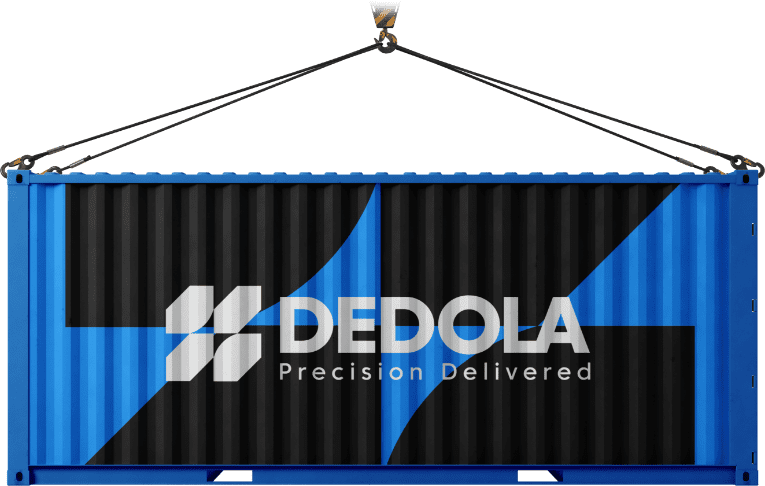With 2025’s tariff volatility and record-high ocean freight rates, can air freight for importers actually save money?
Yes — when used strategically. In a tariff-heavy environment like late 2025, air freight isn’t just a premium option; it’s a tactical one. As tariffs increase landed costs and ocean congestion adds uncertainty, importers are using air to stabilize cash flow, protect high-margin SKUs, and meet delivery deadlines without over-paying in hidden costs like demurrage, detention and stock-outs.
Key Insights
- Air-freight demand is growing as importers hedge ocean-rate and tariff volatility. Cargo Airports & Airline Services
- Rates remain elevated but capacity and transit-time risk are shifting the cost calculus. bertling.com
- Tariffs, classification delays and port congestion are driving hidden landed-costs that often make air competitive.
- Air-freight gives importers bypass options for port/backlog risk, enabling better inventory and liquidity control.
Why It Matters
For importers using a forwarder such as Dedola Global Logistics (DGL), the traditional “ocean-only” mode now comes with more embedded risk.
- Ocean rates are high and volatile; port dwell times remain elevated.
- Tariffs and regulatory shifts (for example U.S.–China changes) create cost unpredictability.
- For time-sensitive or high-value goods, the cost of delay, demurrage or missed market windows can exceed the freight differential.
In this environment, “air freight for importers” becomes less of a luxury and more of a strategic lever — if used selectively and smartly.
Solution / Recommendation #1: Identify When Air Freight Becomes the Better Option
Here’s how importers can operationalize this:
- High-margin, low-volume goods: Electronics, medical devices, luxury apparel, aftermarket parts — where landed-cost sensitivity and time-to-market matter.
- Avoid demurrage/detention risk: In congested gateways or during tariff spikes, the hidden cost of waiting can exceed air surcharges.
- Protect liquidity: Faster turnover = faster invoicing, less working-capital tied in inventory.
- Tariff timing advantage: When duty changes or exclusions are pending, air transit can allow an importer to clear ahead of policy shifts.
Solution / Recommendation #2: Build an Air Freight Strategy that Pays for Itself
To make “air freight for importers” operational and cost-effective:
- Hybrid mode: Combine air and sea. For example, small-volume or mission-critical goods by air; remainder by sea.
- Consolidation: Use air consolidation to pool shipments; reduces per-kg cost while retaining speed.
- Packaging & volumetrics: Since air freight often bills on volumetric weight, right-sizing packaging matters — savings of 10-20% are achievable.
- Total landed-cost modelling: Don’t compare just freight rates. Model tariffs, port fees, demurrage, inventory carrying cost, stock-out risk. Usually when you include all those variables, air starts to look far more competitive than you thought.
- Visibility + decision-support tools: Leverage platforms that incorporate tariff updates, freight-rate indices, lead-time risk. This enables mode-switch triggers rather than ad-hoc decisions.
Key Takeaways
- Air freight is not simply a fallback — it is a cost-stabilization lever when ocean rates and tariffs fluctuate.
- For importers (especially small-to-mid USA importers with higher-value or special-handling goods) the incremental cost of air can be offset by savings in hidden landed costs.
- Operational discipline is required: use hybrid strategy, consolidate, right-size packaging, compare full landed cost, use tech tools.
- A freight forwarder like Dedola Global Logistics can help model when air makes sense, manage consolidation, and provide the visibility tools to make the strategy repeatable.
FAQ
Isn’t air freight always more expensive than ocean freight?
Not when you factor in demurrage, detention, inventory-carrying cost, and missed-sales risk. For many SKUs, once you include all hidden costs and tariff impacts, air can be the lower-risk, higher-margin option.
How can I make air freight more affordable?
Use consolidation, flexible departure windows, multi-stop routing. Work with your forwarder (like Dedola) to aggregate less-urgent items while reserving speed for truly time-sensitive goods.
Are tariffs different for air vs ocean shipments?
No — tariffs are by product classification, not mode of transport. But air’s speed gives the importer the ability to time entries more precisely (e.g., before duty hikes or exclusion expirations).
What about carbon-footprint concerns?
Air freight emits more per unit than ocean. However, many importers manage that by reserving air for product categories where margin risk or inventory risk is highest, and using sea for bulk where speed isn’t essential. Some forwarders now offer SAF-linked or offset programs to help balance emissions.

About the Author
Marc Dedola continues the family legacy as CEO of Dedola Global Logistics. With decades of leadership in international freight forwarding, he is dedicated to helping clients succeed through dependable service and innovative logistics solutions.





